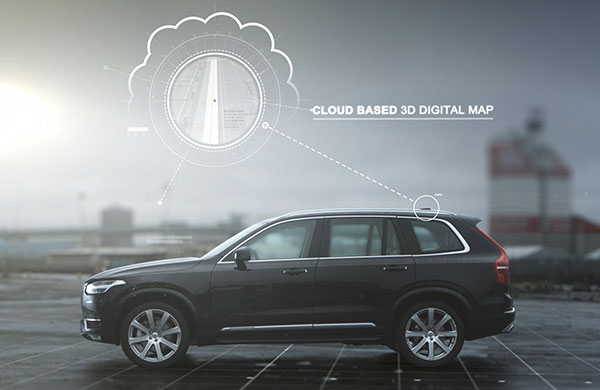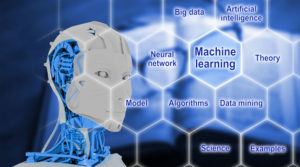Autonomous vehicles are on a roll, suggests a new report fromMcKinsey & Co., released last week during the Geneva Motor Show.
Acceptance will increase substantially by 2050, accounting for as much of 20 percent of new car sales. The shift to self-driving technologies could reduce auto accidents by as much as 90 percent, the report suggests.
In addition, self-driving vehicles could free up commuters’ time in the car, which could be spent on activities other than navigating the roads, the McKinsey researchers noted. That could allow a greater focus on work and entertainment, as self-driving automobiles would be connected to the Internet.
Although self-driving cars thus could benefit some Internet-related businesses, they could disrupt some other auto-related sectors — notably auto insurance, which currently is a business based around human error; auto repair from accidents, which also are related to human error; and parking garages, which house cars when the vehicles aren’t being used.
“The technology underlying the autonomous vehicle is the most fundamental change for the auto industry in the years to come,” said Hans-Werner Kaas, senior partner at McKinsey & Company.
“There will be several waves coming from the manufacturers,” he told the E-Commerce Times. “The benefits are multifold to the consumer — from freeing up time, to substantial benefits including the reduction of accidents — and freeing up parking space, which can make cities more pleasant.”
Traffic Disruption
The greatest impact that self-driving cars could have is in the time spent by drivers, who no longer would need to spend, on average, 45 minutes commuting each way to and from work simply looking at the road ahead. Self-driving cars might not actually reduce travel time, but commuters could spend it on other activities.
Given that many of those activities could be online-related, it’s easy to see why Google is among the tech companies leading the way in developing autonomous vehicles. If drivers don’t need to worry about traffic on the roads, then it could mean more traffic to websites.
“That, in turn, could push advertising dollars, and this is why Google is very interested,” said Praveen Chandrasekar, automotive and transportation research manager at Frost & Sullivan. “This could open up billions of dollars in revenue.”
Auto Infrastructure
Self-driving cars will change not only the roads people drive on, but also some automotive-related businesses — notably insurance. As self-driving cars begin to reach a mass audience, they could result in large-scale disruption.
“The city design will change,” Chandrasekar told the E-Commerce Times. Cities could be retrofitted or redesigned around self-driving cars.
“You will no longer need these things like traffic lights, as the cars can respond to one another and regulate themselves based on the flow of traffic,” Chandrasekar pointed out.
That built-in responsiveness also could dramatically change the auto insurance and auto repair businesses.
“Self-driving cars will make the roads safer, and this could reduce fatalities and injuries, and the payouts that come with each,” Chandrasekar added.
Driving, not Parking
One other significant change that self-driving cars could have on city infrastructure is a reduced need for parking lots. Most cars currently used for daily commuting spend most of their time in a parking lot rather than on the roads. An autonomous vehicle could do more driving than sitting.
“This could change the shared usership of the car, where one vehicle is used by multiple people,” said Chandrasekar.
“This could be via ride-sharing programs or even a family vehicle that suddenly becomes part of a family carpool,” he added.
“Autonomous vehicles do have the potential to change the nature and structure of car ownership,” said McKinsey’s Kaas.
“Autonomous vehicles could also be provided by transportation services in which they could address instant supply and demand as required, and that can change the household ownership,” he suggested.
Although self-driving vehicles could reduce the need for parking lots, it is unlikely they would disappear entirely.
Still, “cities could reduce the amount of space needed for parking lots, and these could be made to be far more efficient if the car can park itself,” noted Chandrasekar.
The road ahead for self-driving vehicles is a long one. At first, they may be limited to closed environments.
“Google is poised to start using cars on its campus, where someone could summon a car when needed,” said Chandrasekar, “but all this will roll out slowly in a very controlled environment.”






















































The end result will be that driving your own car will be illegal and owning your own car will be much like riding the bus. What about motorcycles? Good for Google but not so good for individual freedom.
America On The Skids